It's said there's a world of difference between a room designed by a professional interior designer and one done by a contractor or home decorator. From balancing colour schemes to hanging artwork, planning lighting and even positioning curtains, designers have a box of tricks that can turn an average scheme into a fabulous space. We've rounded up some of the trade's best-kept secrets to take your décor to the next level.
Nail the Floor Plan
 Its important to make sure there is room to move around in less busy areas of your home. For example, you should ideally leave about 45cm between sofas, chairs and coffee tables in your living room. This gives you plenty of space for sitting and moving around without having to stretch too far for your cup of coffee or shout across the room to have a conversation.
Its important to make sure there is room to move around in less busy areas of your home. For example, you should ideally leave about 45cm between sofas, chairs and coffee tables in your living room. This gives you plenty of space for sitting and moving around without having to stretch too far for your cup of coffee or shout across the room to have a conversation.
The Power of Three

Three is most definitely a magic number when it comes to design – as are odd numbers in general. Grouping odd numbers of items – be it cushions, vases, pictures or candles – forces the eye to move around the display, creating a level of visual interest that symmetrical, even-numbered arrangements simply can’t compete with.
The 70-30 Split

Here’s another handy trick for getting your proportions right and balancing different styles within the same space. A guaranteed way to give a room character is to decorate about 70% of it in a particular style then complete the remaining 30% in a completely different style. So you can spice up a largely traditional scheme with a smattering of contemporary items, or vice versa.
Making Flooring Cohesive
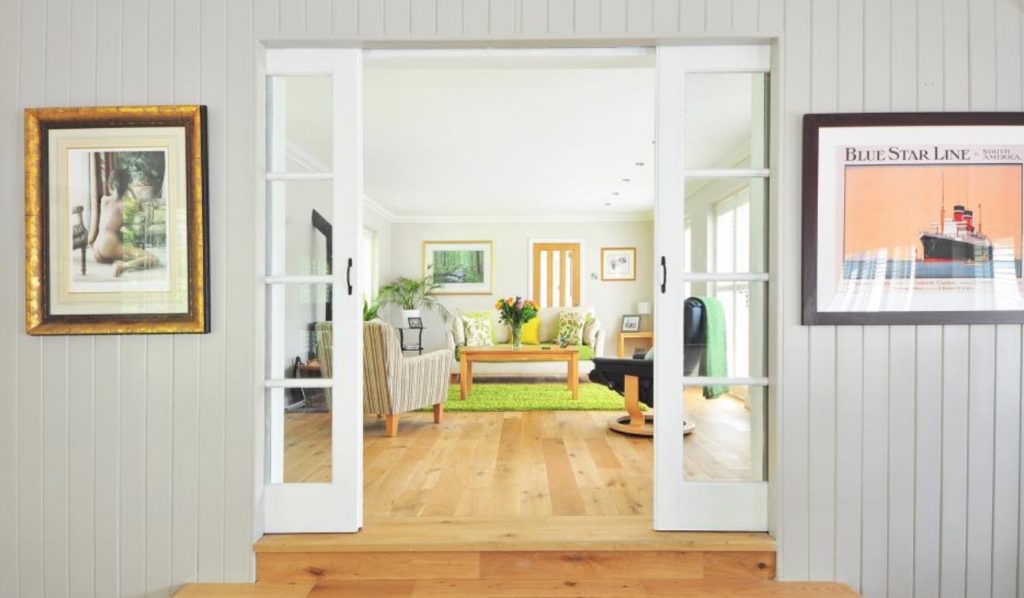
Using the same flooring throughout different rooms or areas in your home is an easy way to make the space feel much bigger than it is. If you have large, open-plan rooms, use rugs to break up the continuity and divide the space according to use. This will create the impression of distinct sitting and dining areas that still pull together as part of the same, larger whole.
Color Block Walls
 Block painting walls with harmonious or contrasting colours can alter a room's sense of space and also give your scheme a fun twist. To get a crisp finish, always use masking or decorator's tape. Get an instant style fix wby marking out geometric shapes and fill in the blanks with a variety of colours that reflect your personality.
Block painting walls with harmonious or contrasting colours can alter a room's sense of space and also give your scheme a fun twist. To get a crisp finish, always use masking or decorator's tape. Get an instant style fix wby marking out geometric shapes and fill in the blanks with a variety of colours that reflect your personality.
Style Bookshelves Right
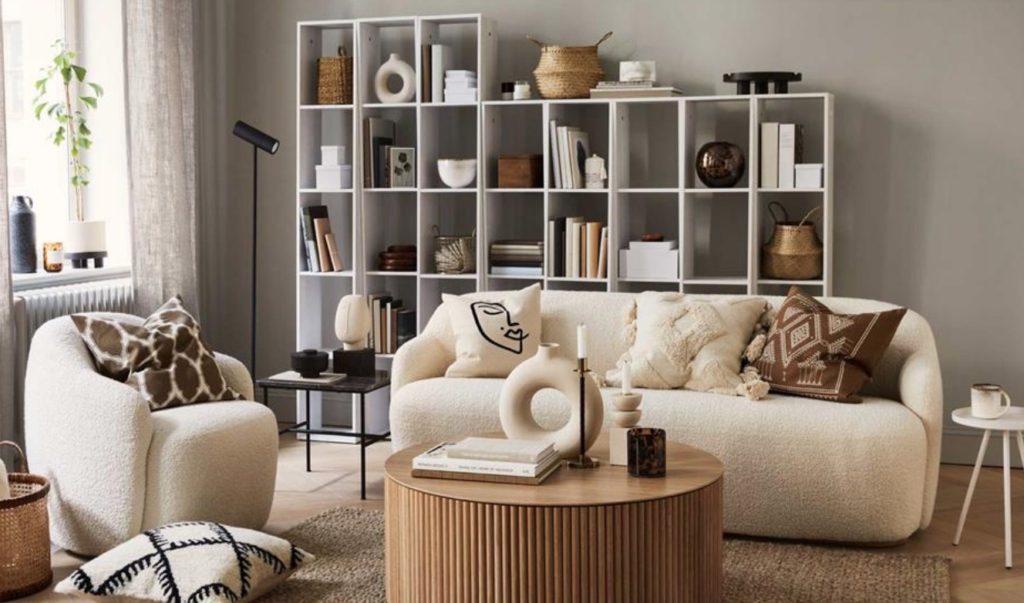
Learning the art of display makes the difference between practical storage and a beautiful feature. Here's how to make your bookshelves Instagram-worthy. Do not overcrowd the space, choose accessories in the same colour and group items together in odd numbers. Use books as objects and exhibit them both horizontally and vertically for interest. Aim for two-thirds books, one-third accessories and make sure to include either plants, foliage or flowers too.
Design Along your Line of Sight
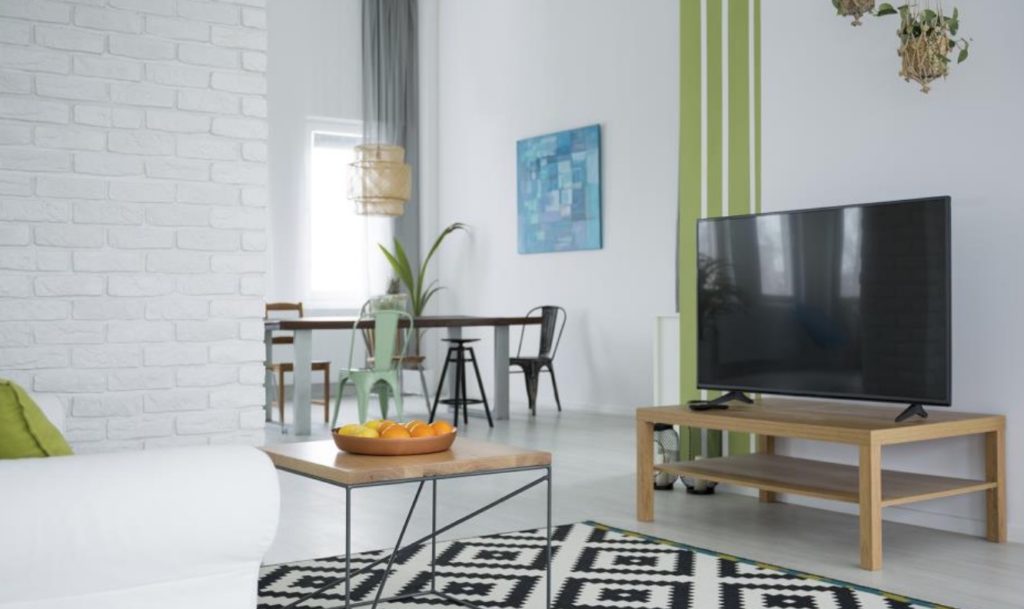
The best height to hang or stand a TV is at eye level in the position you’ll be watching it from. So in your living room, you’ll want it at the same height as your head when you’re sitting down. In a kitchen, you might want to hang it at your eye line when you’re standing or sitting at a breakfast bar. The ideal TV viewing distance is about 1.5 times the diagonal span of your TV screen.
Add Panelling to Walls

Wooden wall panels aren't just for period properties. This decorative feature adds character and texture to contemporary homes too and is a growing trend. What's more, it may look expensive but budget versions made from wood alternatives like fibreboard and OSB are super cheap and, once mounted, can hide wall surfaces that have seen better days. Tongue and groove panels make rustic schemes warm and cosy while framed and mid-height styles suit traditional looks and create a refined finish. Paint the panels in bold or muted tones for up-to-date appeal.
Accent with Black
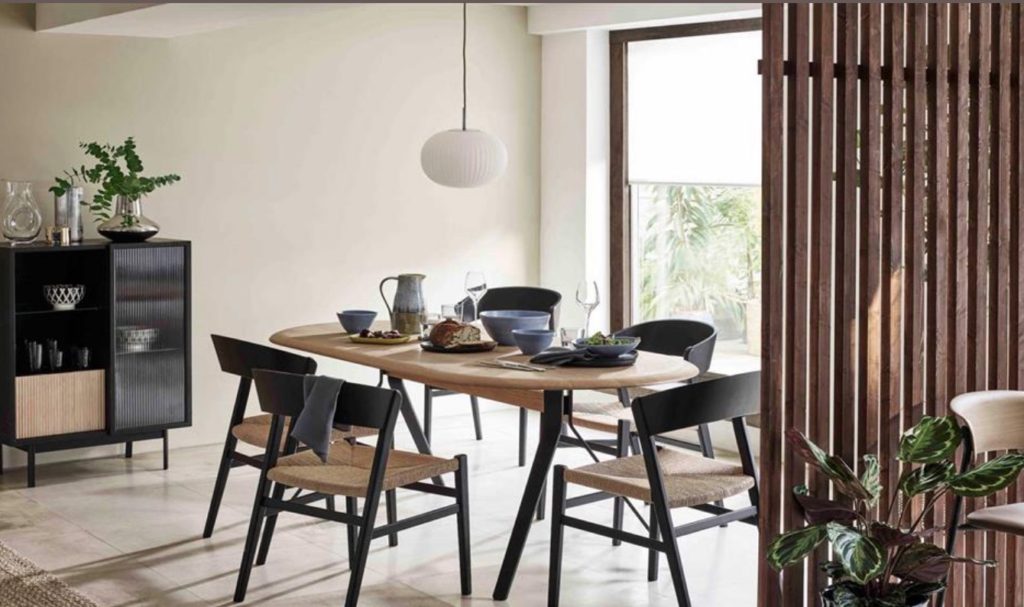
There is a misconception that black makes things look closed in and dreary but this isn't the whole story. Interior designers use it as an accent because it can actually enlarge the feeling of space by placing the darkest tone on an area you want to 'push back'. The key is to use the bold shade sparingly to ground a room and tie the scheme together. Against a pale backdrop and used in repetition, the overall contrast adds a striking punch and looks undoubtedly chic.
Layer Tonal Shades
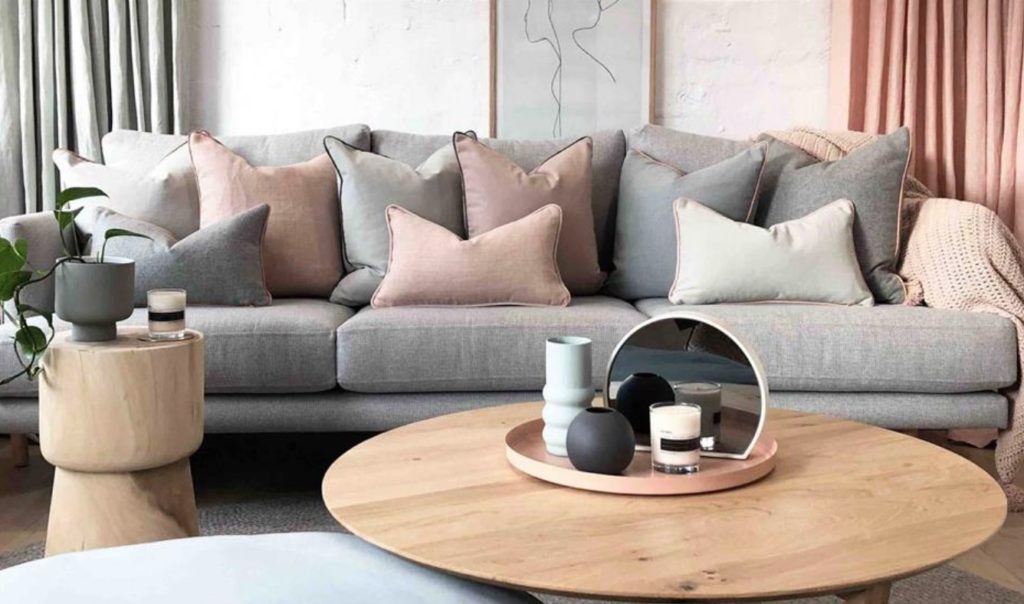 Using multiple shades of the same colour immediately makes a room look polished and pulled together, and it's a trick that you can't get wrong. Layer the same colour or vary hues, adding texture and pattern into the mix. Start with a failsafe array of sofa cushions and then move onto larger items and structural parts of a room, for instance, painting a piece of furniture the same colour as the wall behind.
Using multiple shades of the same colour immediately makes a room look polished and pulled together, and it's a trick that you can't get wrong. Layer the same colour or vary hues, adding texture and pattern into the mix. Start with a failsafe array of sofa cushions and then move onto larger items and structural parts of a room, for instance, painting a piece of furniture the same colour as the wall behind.
Invest in Designer or Customised Pieces
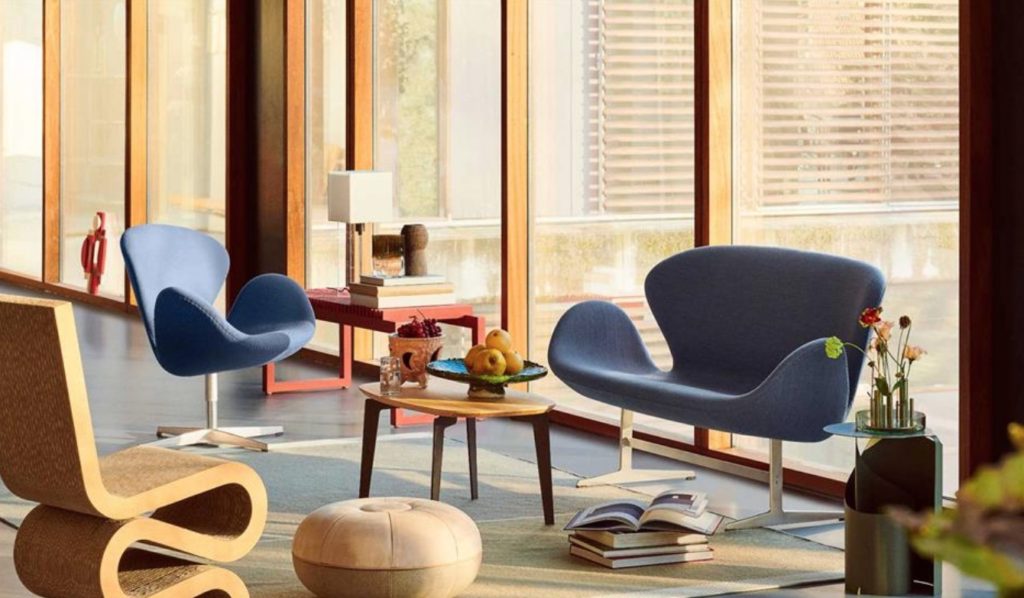
Designer furniture only gets better with age, so it's well worth investing. Iconic pieces with dramatic shapes make a great focal point in any room. An outstanding furnishing always attract attention and will never go out of fashion.
Play Around with Scale
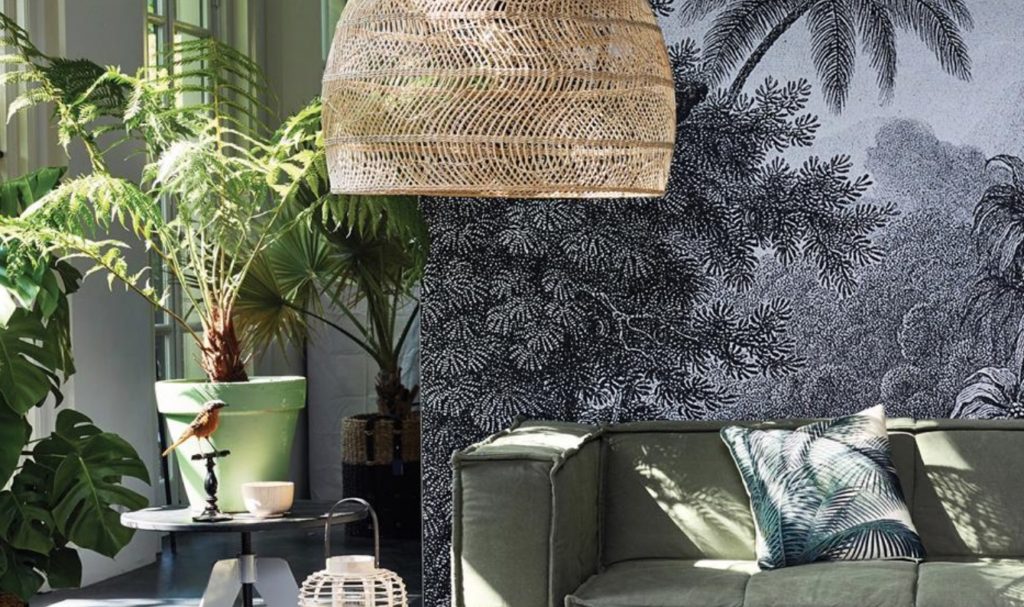
Going supersized gives you instant interior design brownie points. Not only does upscaling a key accessory or piece of furniture make a striking style statement but it also creates a comfortable, cosy atmosphere in a room. Lamps and pendant lights offer the perfect way to play with scale, as they can create a big impact without taking up too much space.
Orchestrate Indoor Lighting
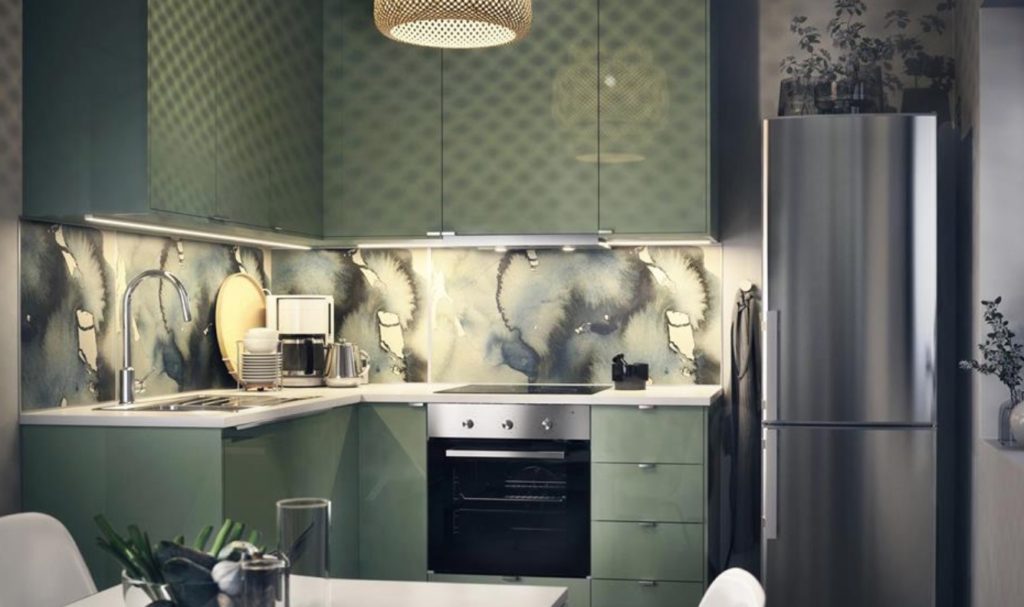
Good lighting is often the last thing most people think about when coming up with a new design scheme, but it really should be the first. You need to carefully plan where every single light, switch and socket will go before turning to decorating, making sure you include a good mix of overhead lighting, task lighting, mood lighting and accent lighting. Using the right colour and brightness of light bulb for the right tasks will also help your room look and perform its best.
Create an Outdoor Room
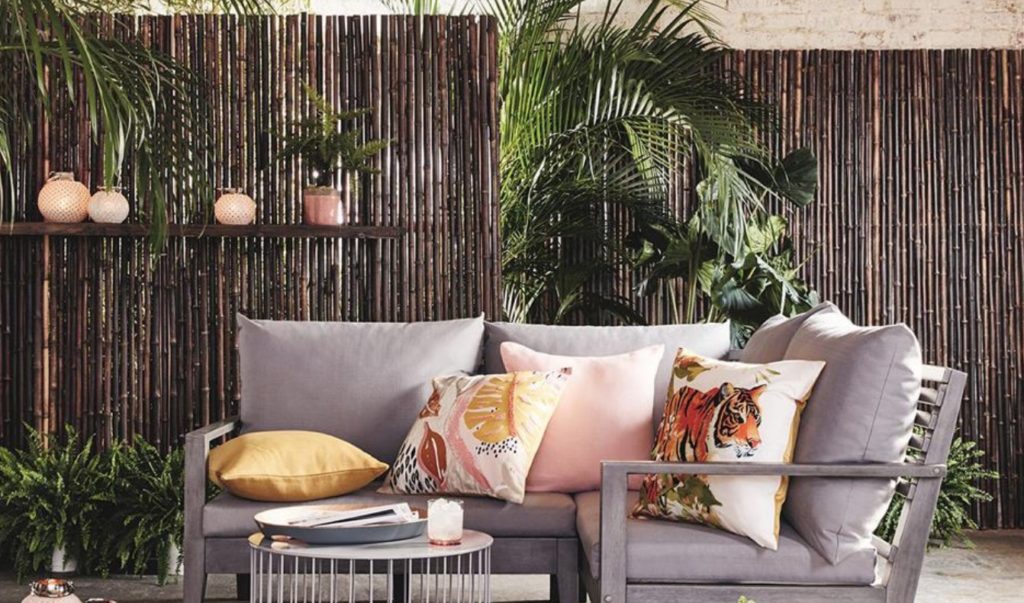 With the world amidst a global pandemic, sanctuary-like exterior spaces become much more vital than ever and treat it as you would a living room scheme and factor in rugs, lighting, comfortable seating and areas to pop drinks. Paint fences in sunny colours, display artwork (you can buy prints specifically for outdoors, to survive the elements) and hanging plants. Lastly, use an outdoor rug to ground the scheme.
With the world amidst a global pandemic, sanctuary-like exterior spaces become much more vital than ever and treat it as you would a living room scheme and factor in rugs, lighting, comfortable seating and areas to pop drinks. Paint fences in sunny colours, display artwork (you can buy prints specifically for outdoors, to survive the elements) and hanging plants. Lastly, use an outdoor rug to ground the scheme.
Be Punchy with Pattern

Combining different patterns in the same room can be tricky, but a good tip is to use varying patterns in similar colours, or the same pattern but in varying scales. For example, try small florals mixed with big blowsy blooms, or go for bold geo shapes in different colours as shown here.
Don't be Scared of Negative Space
 As tempting as it is, fight the urge to fill every wall and shelf, otherwise you’re in danger of your room scheme feeling cluttered. Instead, leave a few areas free to gain some much-needed breathing room and a better sense of space. Painting a door and its frame the same colour as your walls is a good trick, as it helps the woodwork to blend in, giving the illusion of a larger blank area.
As tempting as it is, fight the urge to fill every wall and shelf, otherwise you’re in danger of your room scheme feeling cluttered. Instead, leave a few areas free to gain some much-needed breathing room and a better sense of space. Painting a door and its frame the same colour as your walls is a good trick, as it helps the woodwork to blend in, giving the illusion of a larger blank area.
Celebrate the Ceiling

Ceilings don’t tend to get a lot of love on the whole. Boring old white with perhaps a bit of colour on the cornicing is usually about as exciting as it gets. But creating a statement ceiling by painting, papering or even adding a mural can give a room an instant lift. Painting a ceiling in a dark colour can make a space feel warm and cosy, while metallic paints or faux tin tiles give it a more Art Deco look.
Add Atmosphere with Mood Lighting
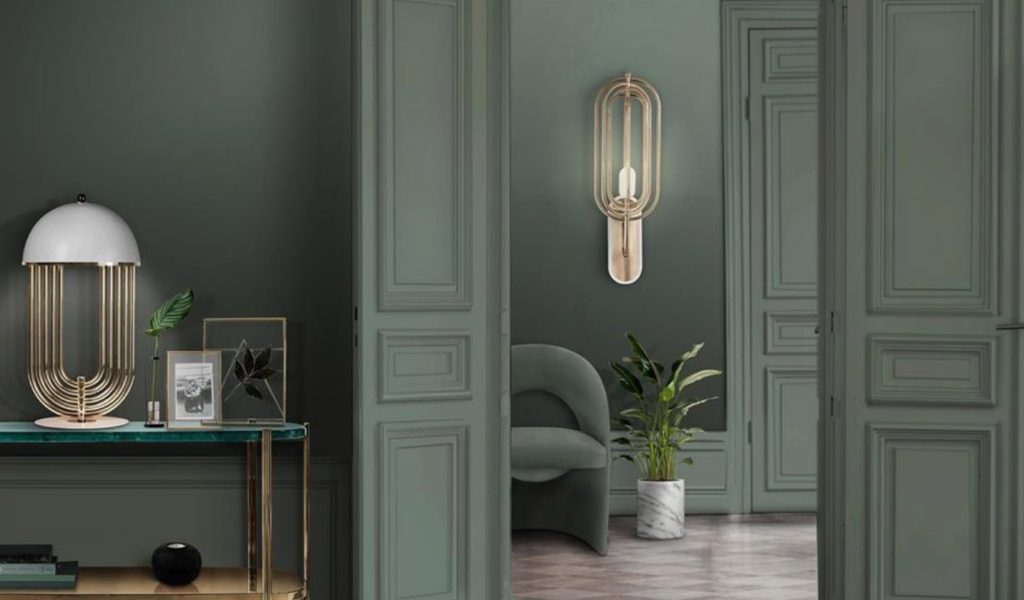
Mood lighting can instantly create the right atmosphere. Dimmer switches give you the power to use the same bulb as either general lighting or mood lighting, so installing them in every room will instantly boost the versatility of your lighting scheme. If you’re using LED lighting, make sure you choose dimmer switches that are LED-compatible so the bulbs glow brightly enough and don’t flicker. Lamps are ideal for creating a cosy glow at night, and candles, lanterns and wall lights will all help add to your room's overall ambience. Also, to highlight an alcove or try using LED strip lights under shelving to highlight your favourite features.
*extracted from loveproperty
